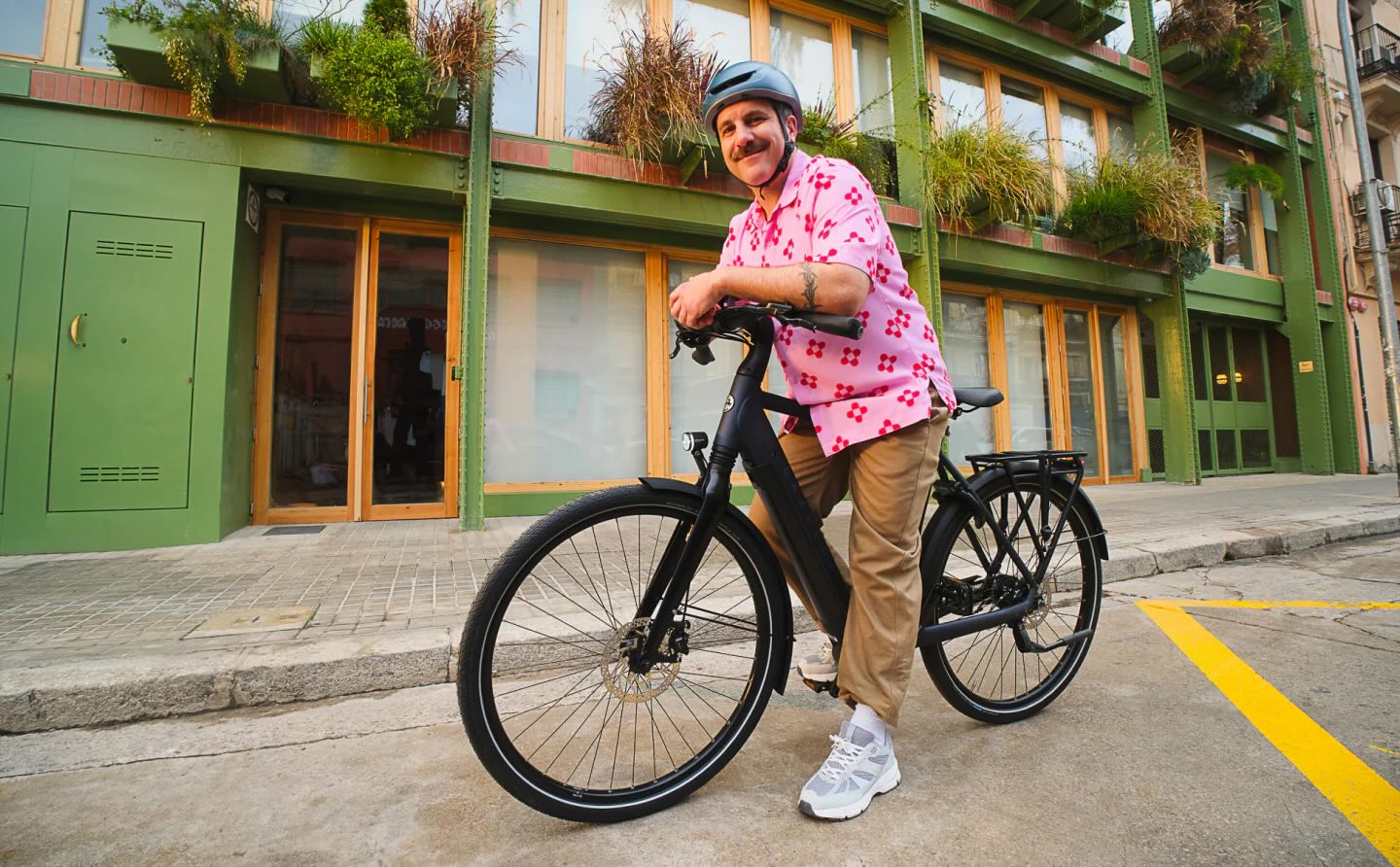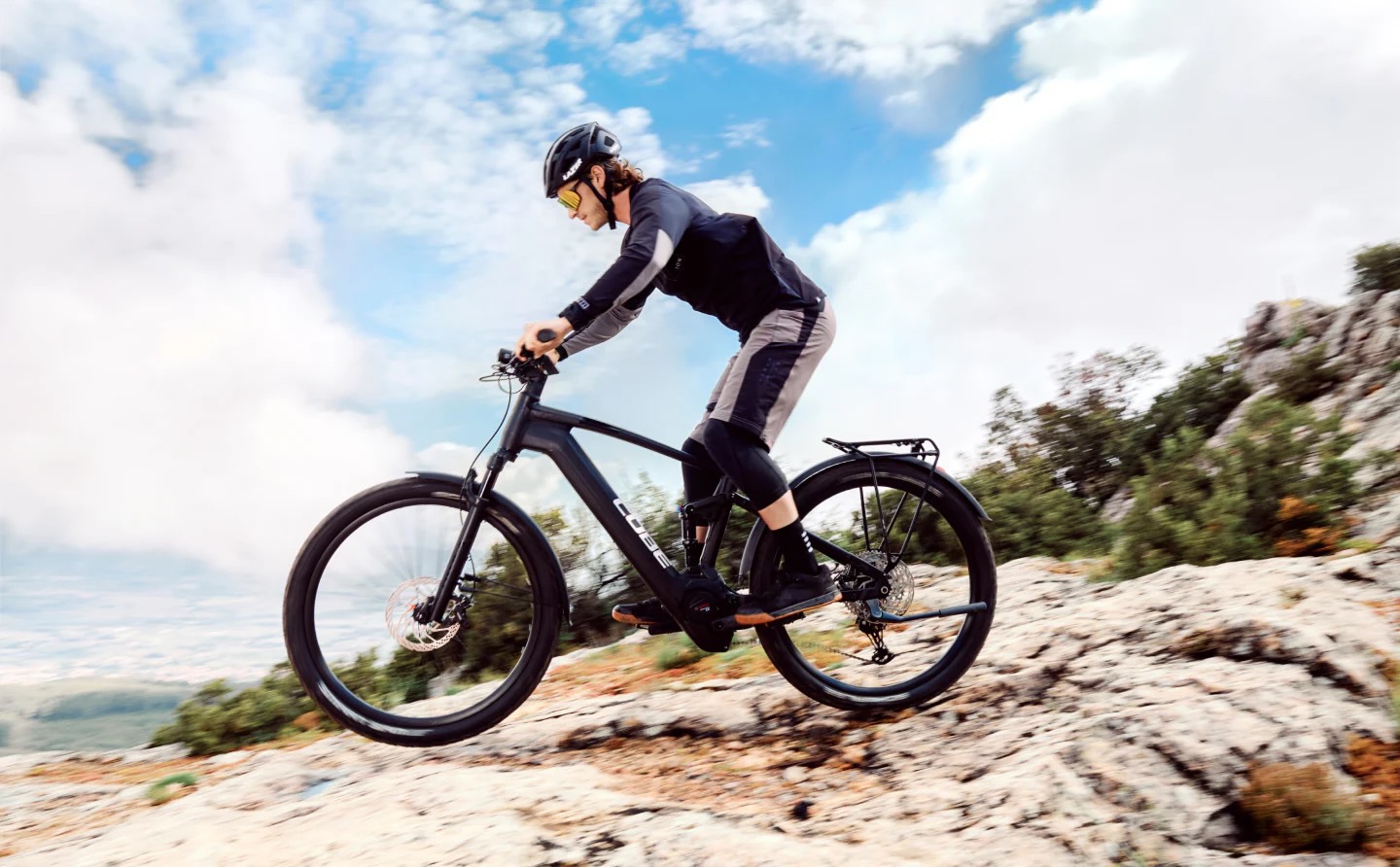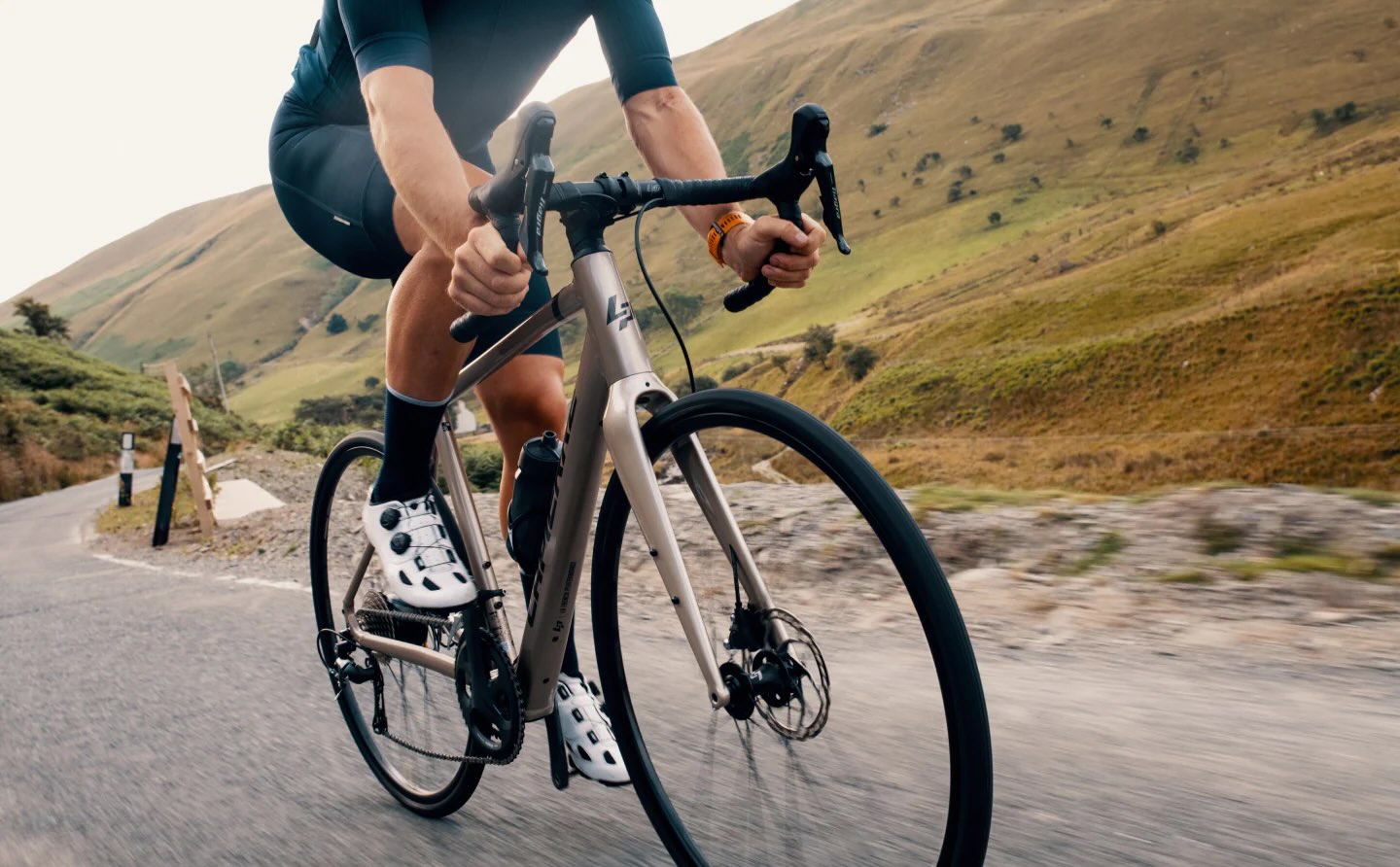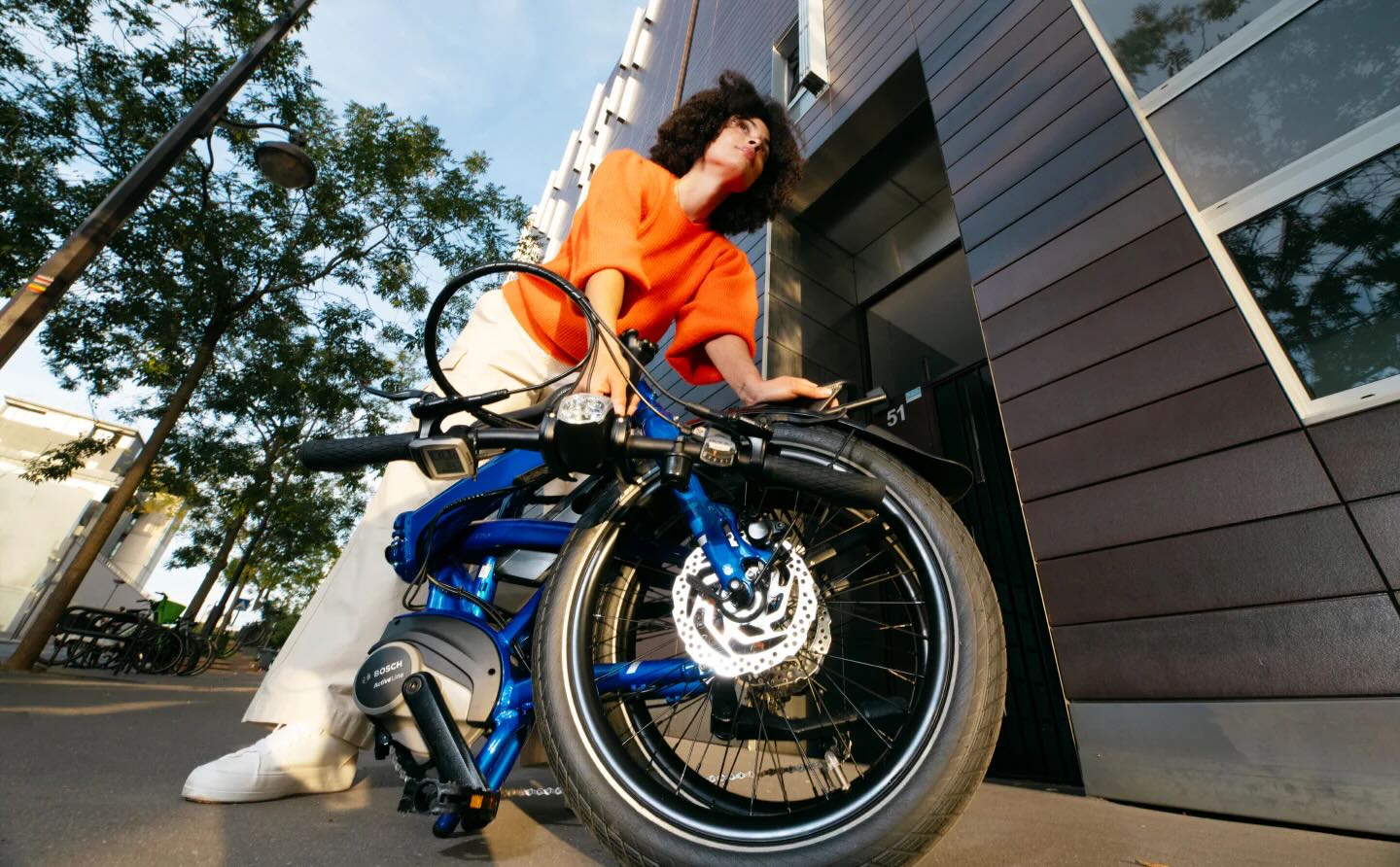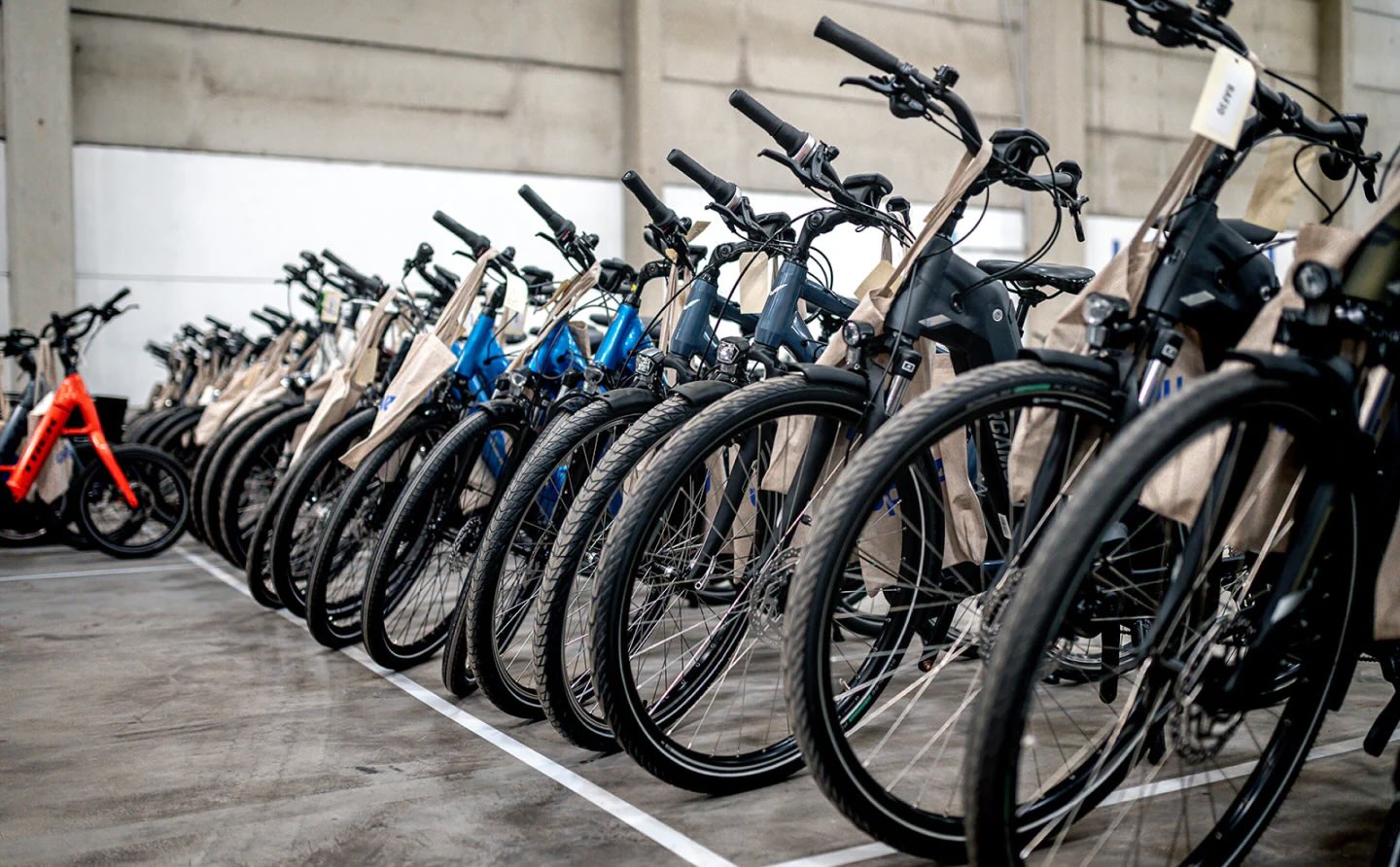The future of hydropower just got fishier in the best possible way thanks to United States-based company Natel Energy, which has developed revolutionary "fish-safe turbines."
As detailed by MIT Technology Review, the company's design "focuses on preventing fast-moving equipment from making fatal contact with fish," supporting Natel's stated goal of promoting biodiversity, aiding river health, and reducing harmful pollution from the electric grid.
According to the International Energy Agency, hydropower is a "forgotten giant" with immense untapped potential to generate low-carbon electricity. It can also contribute to secure, flexible, and reliable energy systems, proving to be a cost-effective way for developing economies to increase access to power for their populations without generating large amounts of pollution linked to concerning health issues, including asthma and an increased risk of dementia.
However, as MIT Technology Review pointed out, in-water facilities can be hazardous for fish and negatively affect the quality of river ecosystems. For example, dam removal projects across the U.S. have gained recognition for their dramatic impact on the revival and rehabilitation of various fish species (that are also an important food source) and waterways.
Natel Energy aimed to address this in the hydropower realm.
The company, co-founded in 2019 with the support of a grant from the Department of Energy, revealed its first FishSafe Restoration Hydro Turbine that same year. It has since conducted a series of tests that suggests its technology is a success.
On its website, Natel notes that fall 2020 passage tests — in partnership with the Pacific Northwest National Laboratory — found that 100% of rainbow trout monitored survived traversing the passage. The study monitored the trout for 48 hours.
Around two years later, another test with PNNL observed over 99% of large adult rainbow trout survived Natel's turbines, making the fish some of the largest ever to swim through a compact hydro turbine. Further peer-reviewed studies suggested a survival rate of 98-100%.
One of the secrets to this is the curved design of the blades, which also have a thicker leading edge, according to MIT Technology Review.
Natel co-founder Gia Schneider told the publication that this creates a zone that is "basically an airbag for fish." Additionally, in the event of a hit, the fish aren't getting sliced by a straight blade. The co-founder estimates that Natel's tech could replace up to 50% of the country's existing hydropower systems, which are aging and will need modernization.
TCD Picks » Upway Spotlight
💡Upway makes it easy to find discounts of up to 60% on premium e-bike brands
The FishSafe turbines do have some limitations. For one, they only help fish that are traveling downstream. Other dams are so tall that changes in water pressure kill the fish.
However, Natel's technology is yet another promising step toward bringing our planet back into balance while protecting our rivers' creatures.
As Schneider pointed out to MIT Technology Review, our reliance on dirty fuels has significantly harmed our ecosystems. Reducing any impact of renewable energy, such as hydropower, on our environment could ensure the country continues its momentum toward adopting clean power, which is also generally less expensive, saving consumers considerable money on utility bills.
"Fish-safe turbines won't solve everything — there are many, many problems in our rivers," Schneider told the publication. "But we need to start tackling all of them, so this is one tool."
Join our free newsletter for weekly updates on the coolest innovations improving our lives and saving our planet.

